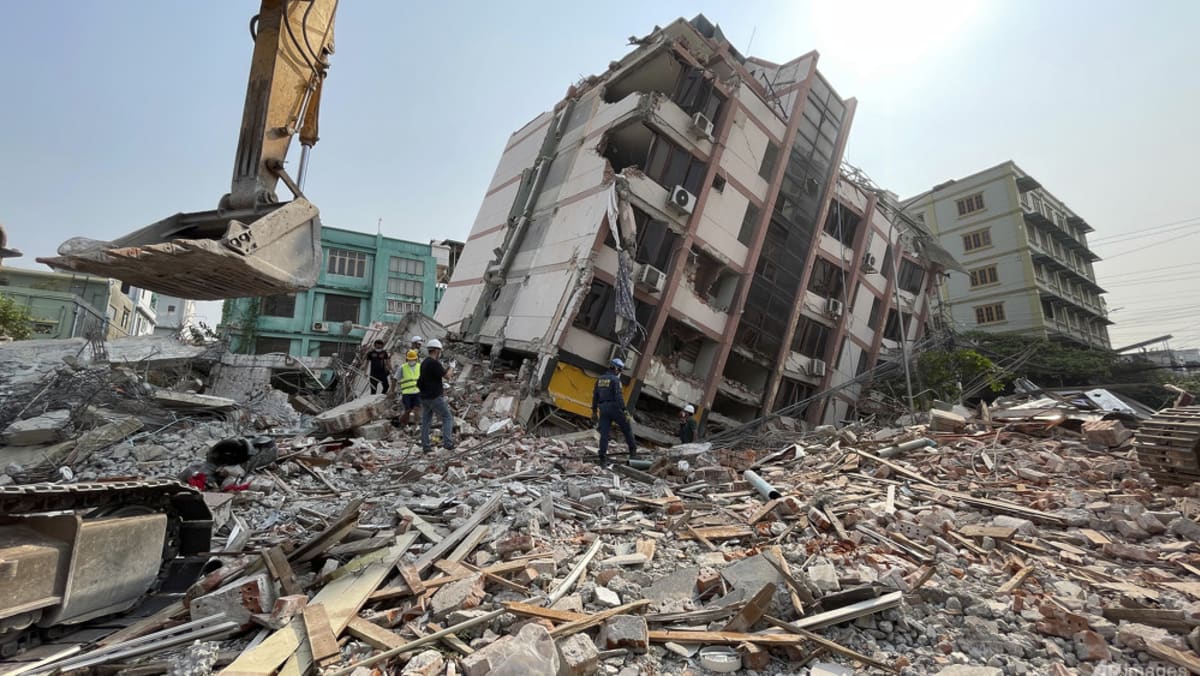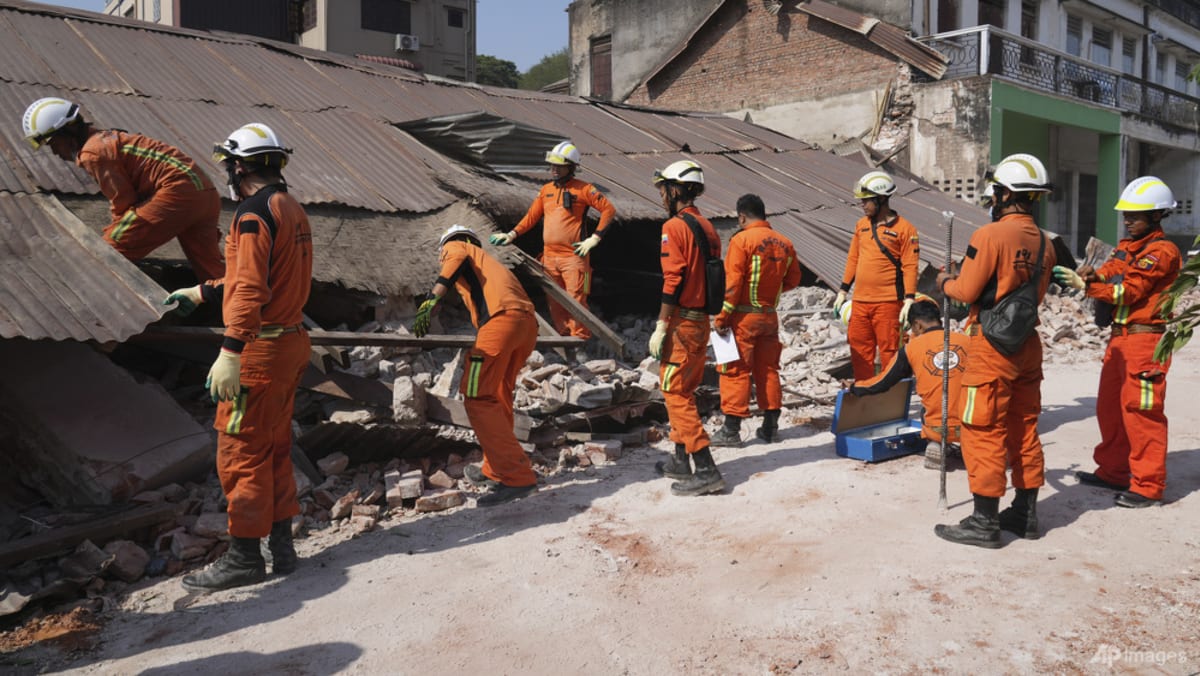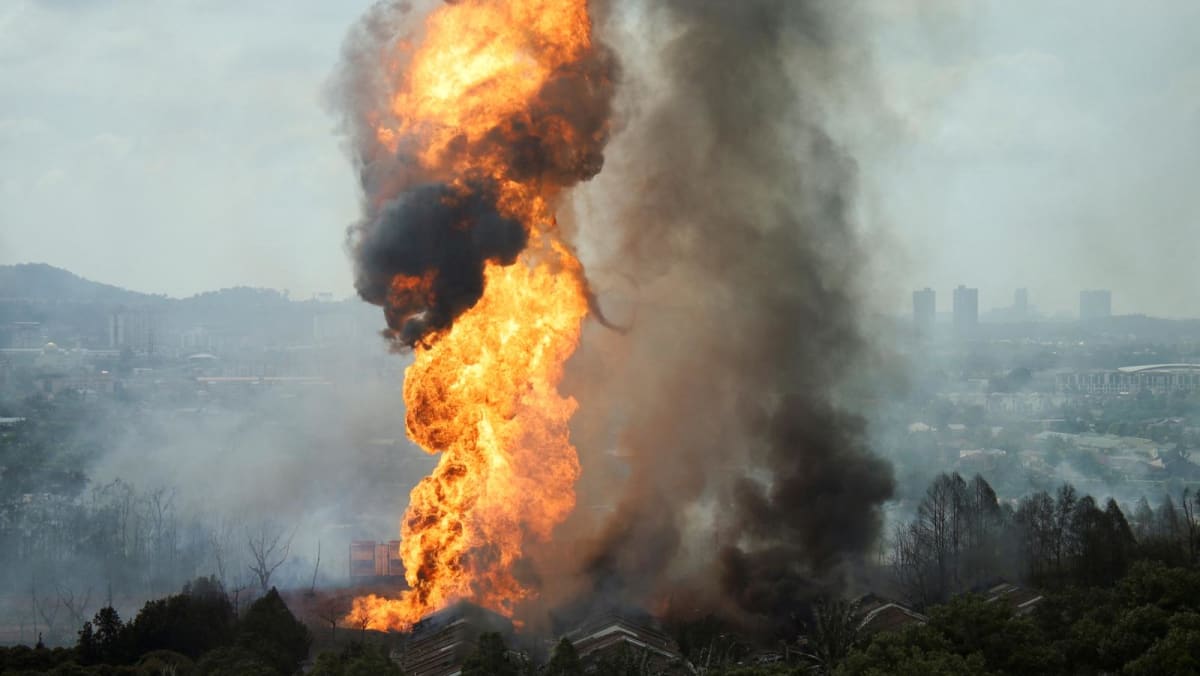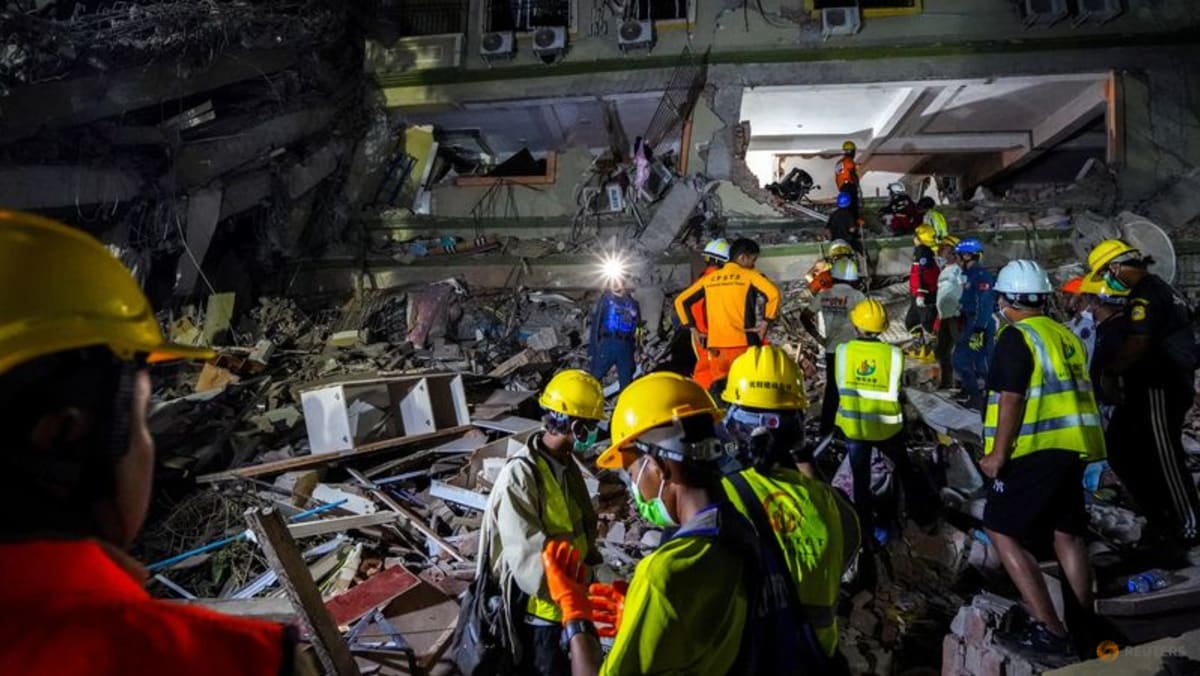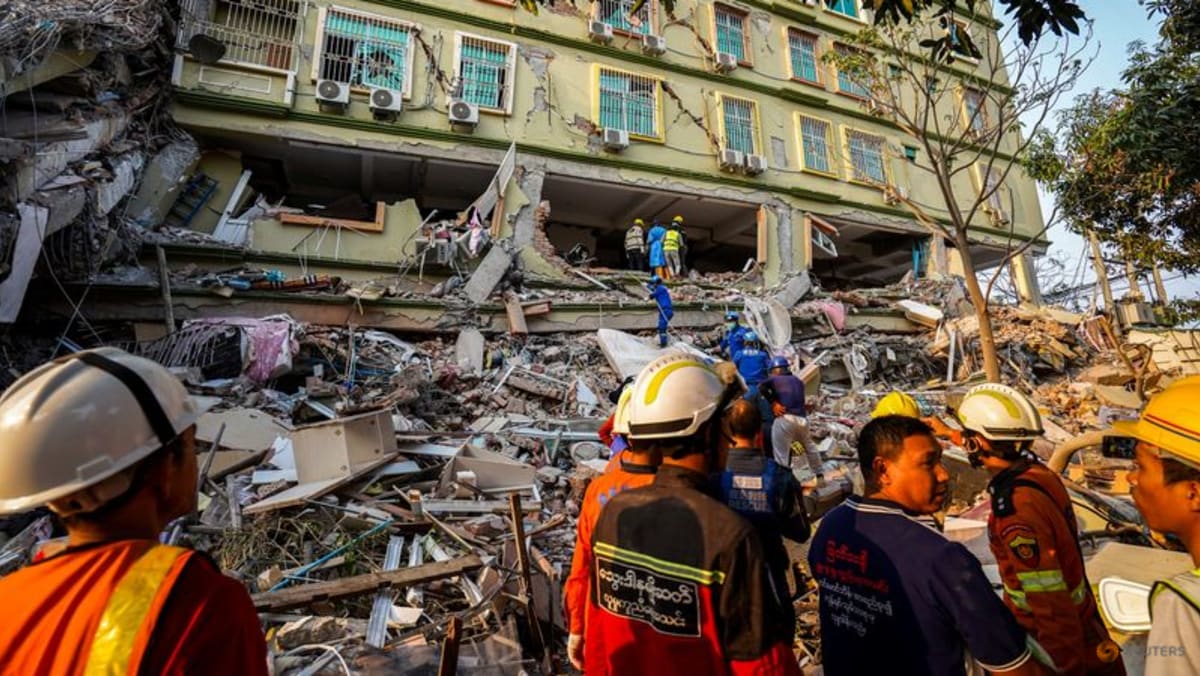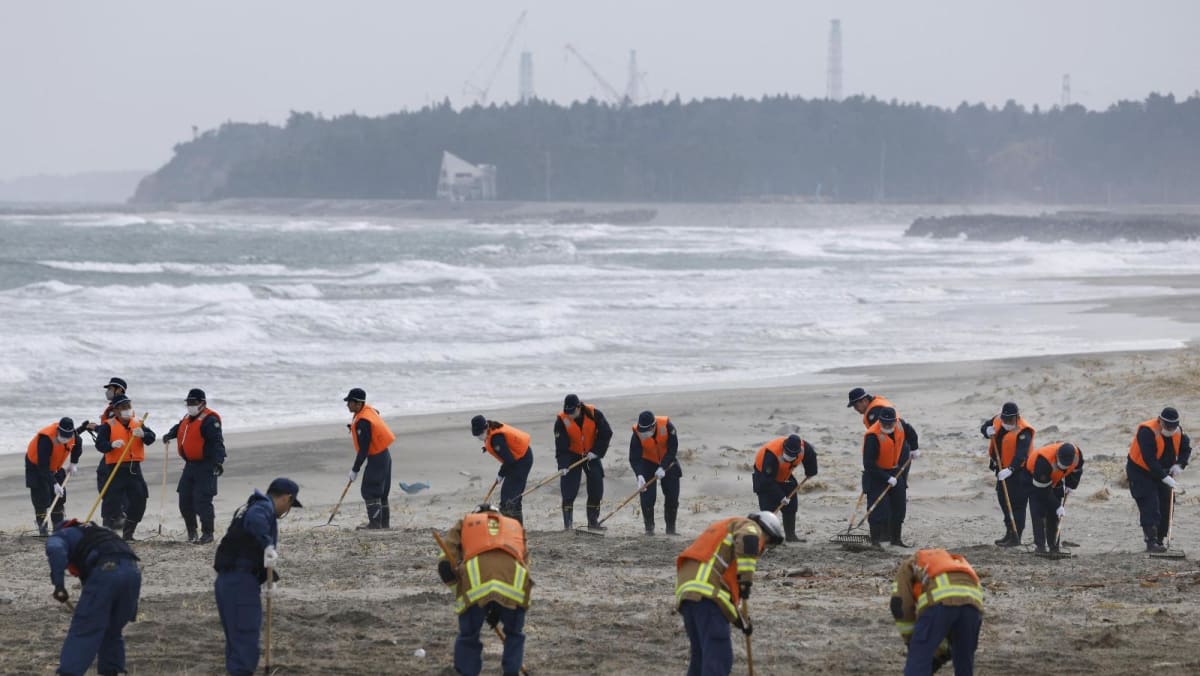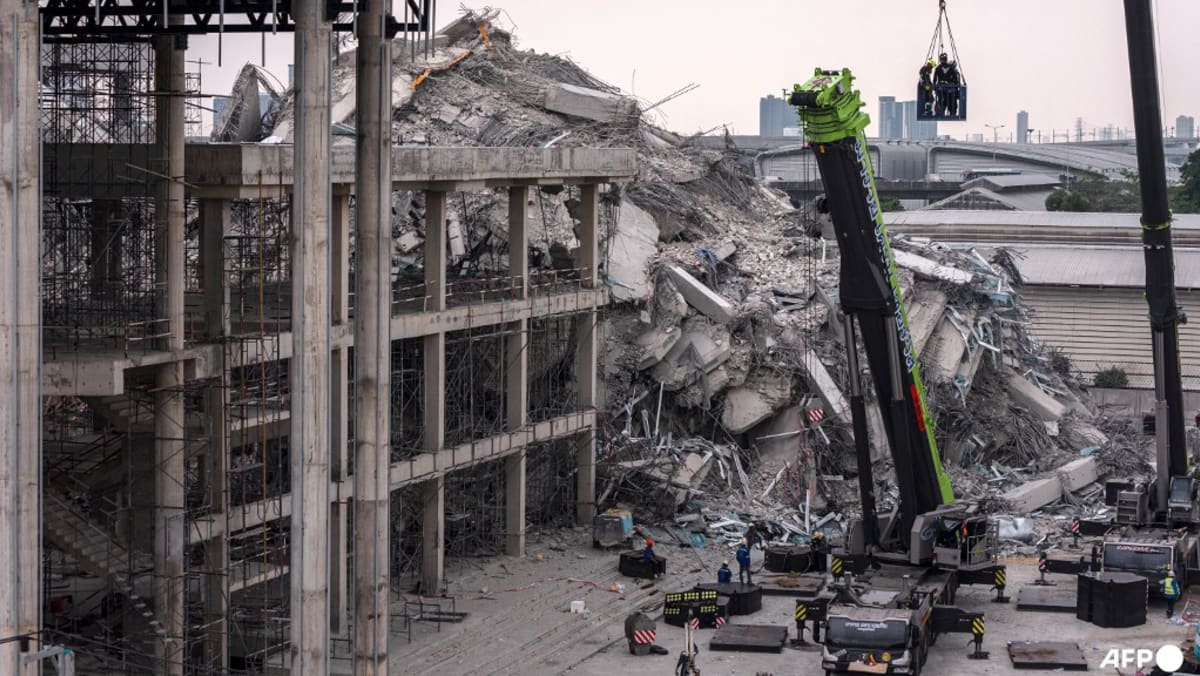Thousands flee as Typhoon Usagi hits north of Philippines
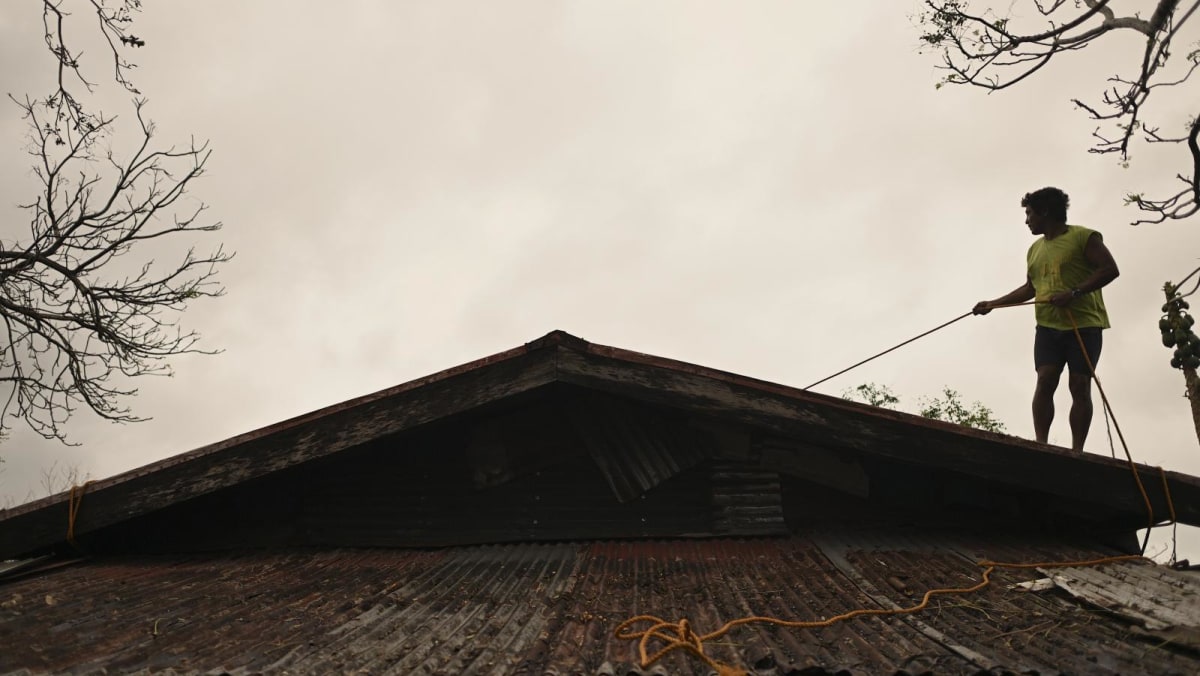
“FORCED EVACUATIONS”
Elsewhere in Cagayan, officials worked in driving rain on Thursday to evacuate residents along the coasts and on the banks of already swollen rivers.
“Yesterday it was preemptive evacuations. Now we’re doing forced evacuations,” local disaster official Edward Gaspar told AFP by phone hours before landfall, adding that 1,404 residents were sheltering at a municipal gym.
Cagayan’s civil defence chief Rueli Rapsing said he expected local governments to take 40,000 people to shelters, roughly the same number that were preemptively evacuated ahead of Typhoon Yinxing, which struck Cagayan’s north coast earlier this month.
He said more than 5,000 Cagayan residents were still in shelters following the previous storms because the Cagayan river, the country’s largest, remained swollen from heavy rain that fell in several provinces upstream.
OVERLAPPING TYPHOONS
After Usagi, Severe Tropical Storm Man-yi is forecast to strike the densely-populated capital Manila on Sunday.
This was similar to the path of last month’s Severe Tropical Storm Trami, which accounted for most of the deaths tallied in the recent swarm of weather disasters to hit the country.
Local officials were ordered to convince residents of flood- and landslide-prone communities in Man-yi’s path to move to shelters on Friday ahead of its landfall, the civil defence office said.
“Typhoons are overlapping. As soon as communities attempt to recover from the shock, the next tropical storm is already hitting them again,” said Gustavo Gonzalez, the UN’s humanitarian coordinator in the Philippines.
“In this context, the response capacity gets exhausted and budgets depleted.”
A UN assessment of the past month’s weather disasters said 207,000 houses had been damaged or destroyed, and nearly 700,000 people were seeking temporary shelter.
Many families were without even essentials like sleeping mats, hygiene kits, and cooking supplies, and had limited access to safe drinking water, it said.
The storms destroyed thousands of hectares of farmland and persistent flooding is likely to delay replanting efforts and worsen food supply problems, the report added.
About 20 big storms and typhoons hit the archipelago nation or its surrounding waters each year, killing scores of people and keeping millions in enduring poverty.
A recent study showed that storms in the Asia-Pacific region are increasingly forming closer to coastlines, intensifying more rapidly and lasting longer over land due to climate change.
Source: CNA


